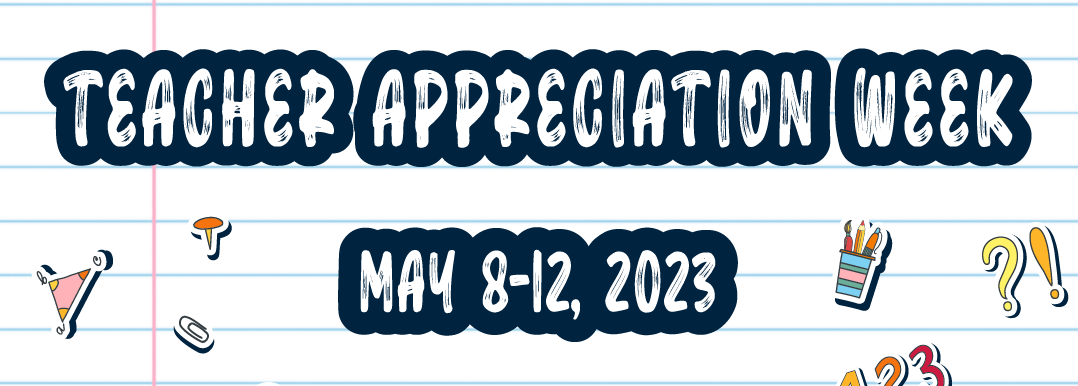By Meghan Whittaker, OSERS Special Assistant
Today, more than 60% of students with disabilities spend at least 80% of their day in general classes. This wouldn’t be possible without special educators who help to customize curriculum that is accessible to all and ensure the individual needs of students with disabilities are met.
Special educators serve a critical role in our nation’s public school, yet 45% of schools reported vacancies in special education roles, and 78% reported difficulty in hiring special education staff. Special education teacher shortages have been a longstanding challenging in most states and have only worsened since the start of the COVID-19 pandemic.
Amid a dramatic teacher shortage nationwide, states and districts have faced the tension between the difficulties in recruiting and retaining special educators and the qualification requirements special educators must meet. States have found innovative solutions to meet these requirements in the face of a worsening educator shortage and are using federal funds to support them.
Indiana and Tennessee provide examples of how states are creatively addressing educator shortages. Additionally, the states’ programs leverage state and local partnerships to create sustainable pathways that maintain high standards while also improving the preparation and retention of special educators.
IDEA’s Special Educator Qualification Requirements
In October 2022, the Office of Special Education Programs (OSEP) issued a memo reminding states of the requirements within the Individuals with Disabilities Education Act (IDEA) for special education teachers and related service providers. IDEA requires that every special education teacher:
- hold at least a bachelor’s degree; and
- obtain full certification in their state or pass the state special education teacher licensing exam.
States may not waive special education certification or licensure on an emergency, temporary, or provisional basis.
Alternative Pathways in Indiana
Recognizing that it could no longer rely on emergency licenses to fill special educator positions, Indiana sought feedback from local administrators, advocacy groups, parents, and students. Together, they evaluated existing alternative pathways to licensure for special educators and created new ones.
The goal of alternate pathways is to provide a way for educators to meet full licensure requirements over a specified period (up to a few years) while gaining work experience and training specific to special education.
One new program, Indiana Special Education Assisted Licensure (I-SEAL) was created in November 2021 and has enrolled more than 700 participants. This program was funded with federal COVID-19 grants and IDEA funds.
Another Indiana program funded using federal COVID-19 funds, the Aspiring Statewide Special Education Teacher (ASSET) program allows licensed educators to obtain an additional special education credential.
These pathways offer customized approaches to supporting educators interested in entering the special education field.
Tennessee’s Registered Teacher Apprenticeship Program
Another promising model is the registered apprenticeship, which typically consist of partnerships between educator preparation programs (EPP) and public school districts.
In this type of program, teacher candidates enroll in the EPP to earn their degree or teaching requirements while also working for the school district and gaining classroom experience. This model combines on-the-job experience with high-quality training and preparation. Research has demonstrated high retention rates, with 92% of apprentices retaining employment after completing a registered apprenticeship program.
Tennessee has developed the first federally recognized registered teacher apprenticeship program for K–12 educators. The Tennessee program was approved by the U.S. Department of Labor and established a permanent Grow Your Own model, with Clarksville-Montgomery County School System and Austin Peay State University’s Teacher Residency. This is the first registered apprenticeship program for teaching in the country and uses federal and state workforce funds to provide a no-cost pathway for teacher candidates.
For states interested in improving special educator preparation strategies and systems, visit the OSEP-funded CEEDAR Center. For more information on how federal funds can be and have been used to address the teacher shortage, see the Department of Education’s Fact Sheet.
Blog articles provide insights on the activities of schools, programs, grantees, and other education stakeholders to promote continuing discussion of educational innovation and reform. Articles do not endorse any educational product, service, curriculum or pedagogy.


Special Education teachers, like me, will continue to leave the field until they receive sufficient staff, respect and cooperation from their peers and administration, fair pay for the extra hours they work, and sufficient time to complete all of their assigned tasks.